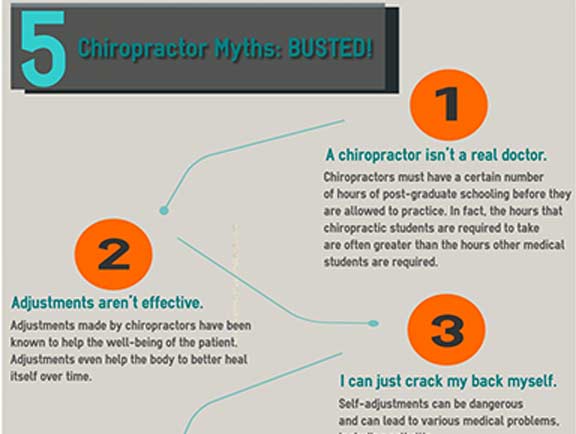Steps To Style An Ergonomic Work Area That Decreases Neck Pain: A Comprehensive Overview
Steps To Style An Ergonomic Work Area That Decreases Neck Pain: A Comprehensive Overview
Blog Article
Personnel Author-Good Eriksen
To avoid neck discomfort at your workstation, guaranteeing your arrangement is ergonomically sound is important. Think of a work area where each element is customized to sustain your body's placement and decrease strain. By adhering to a couple of simple steps, you can transform your desk location into a haven of comfort and efficiency. However how specifically can you achieve this unified balance between job and health? Let's discover the vital tips to create an ergonomic workspace that will maintain neck pain at bay.
Assess Your Present Configuration
Wondering if your present workspace is adding to your neck pain? Take a moment to review your configuration. Start by considering your computer system monitor. Is it at eye level, or do you find yourself regularly seeking out or down? Change the display to ensure that your gaze is naturally according to the top of the monitor.
Next, consider your chair. Are you slumping over or hunching over while you function? Your chair should sustain your reduced back and advertise great stance. Change the height so that your feet are flat on the flooring and your knees are at a 90-degree angle.
Take notice of the setting of your keyboard and mouse. Are they within very easy reach, or are you continuously reaching and straining your arms and shoulders? Keep these tools near to your body to lessen unneeded activities.
Lastly, consider your lighting. Is it also intense or also dark? Appropriate lighting can lower eye strain and ease tension in your neck. Make these small modifications to create an extra ergonomic work space and aid relieve your neck discomfort.
Change Your Chair and Workdesk
To produce a more ergonomic work space and minimize neck pain, making certain correct modification of your chair and workdesk is vital. Begin by changing your chair so that your feet rest level on the flooring, knees go to a 90-degree angle, and your lower back is supported by the chair's back assistance. Your desk should be at joint elevation to maintain appropriate arm setting and lower stress on your neck and shoulders. See to https://www.indystar.com/story/news/health/2021/01/27/dr-susan-moores-tragic-death-shines-light-racism-health-care/4239875001/ there's enough space under the desk for your legs to move pleasantly.
When changing your workdesk height, guarantee your wrists continue to be straight while inputting and using the computer mouse. Your monitor ought to be at eye degree, about an arm's length away, to stop you from stressing your neck by overlooking or up. Maintain your key-board and computer mouse near to prevent overreaching, which can create shoulder and neck pain.
Keep in mind to take breaks and stretch regularly to stop tightness and promote flow. By correctly readjusting your chair and workdesk, you can develop a workspace that supports good posture and lowers the threat of neck pain.
Placement Your Screen and Keyboard
For optimal ergonomics and to reduce neck stress, proper positioning of your screen and key-board is necessary in your office setup. Begin by putting your monitor straight before you at arm's length away, making certain the top of the display goes to or slightly listed below eye degree. This helps in reducing stress on your neck by maintaining it in a neutral setting.
Placement the key-board so that your elbows are curved at a 90-degree angle and your wrists are straight while inputting. Your keyboard should be put at a height that allows your shoulders to stay kicked back and your arms to be parallel to the flooring. Furthermore, make sure the mouse is put beside your key-board at the very same degree to prevent getting to or twisting.
Remember to take time-outs to extend and change your posture throughout the day, maintaining excellent positioning and protecting against neck discomfort. A well-organized office with effectively positioned monitor and key-board can substantially affect your comfort and productivity.
Final thought
In conclusion, by following these straightforward actions to develop an ergonomic work area, you can considerably lower neck pain and pain. Bear in mind to analyze your existing configuration, change your chair and desk, and position your display and key-board correctly. By taking these positive measures, you can boost your overall convenience and performance while functioning.
